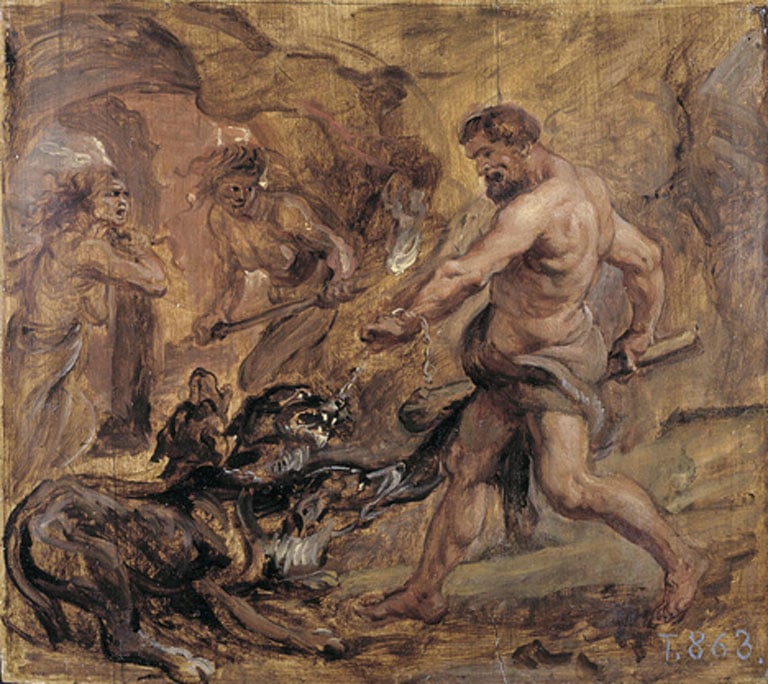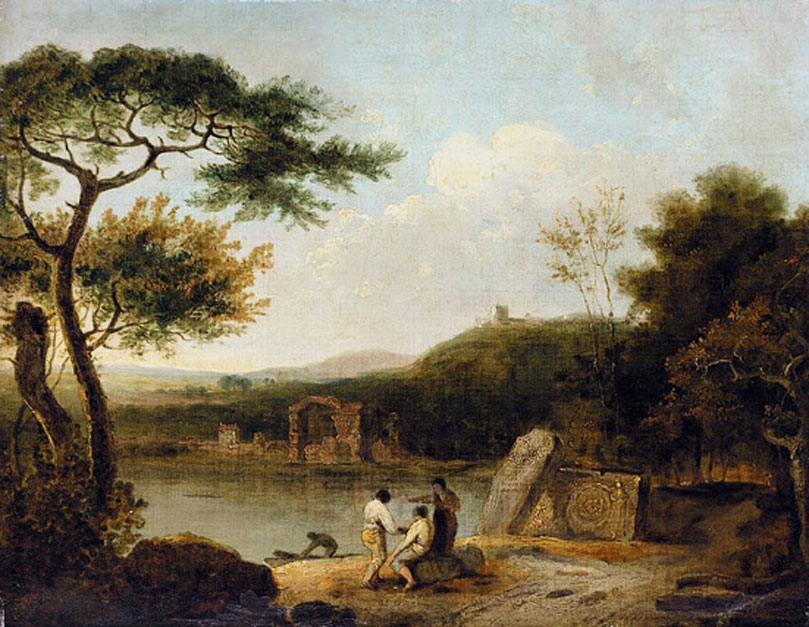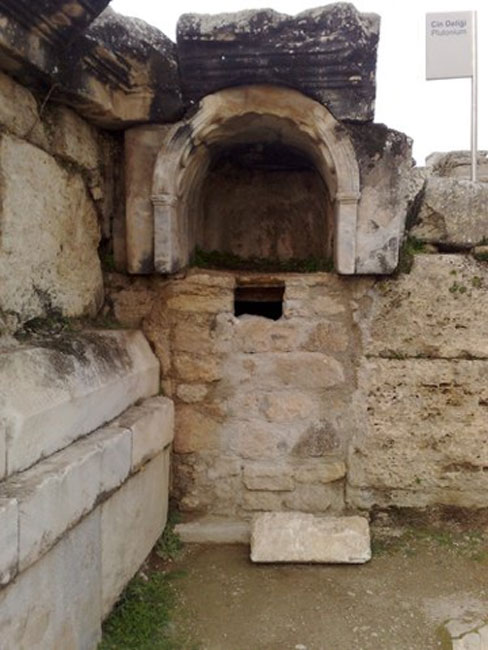
Geographic Gateways to the Underworld
Ancient civilizations, including the Indian Hindu traditions, blended astronomical observations with religious and spiritual beliefs. The Orion constellation was where the vernal equinox was stated to occur, and the Milky Way and the Canis were thought of as forming borders between Devaloka (heaven) and Yamaloka (hell) the Underworld. In this instance, the Milky Way was a dividing river between heaven and hell and the Canis Major and Canis Minor representing the two dogs guarding the Gates of Hell.

Hercules and Cerberus by Peter Paul Rubens (1636) Museo del Prado (Public Domain)
From these ancient origins, the ‘conceptual’ Gate to Hell has journeyed through 4,000 years emerging today in pop-culture, for example, in James Clavell ’s 1959 movie Five Gates to Hell, an action-adventure story set in French Indochina and in the 2014 film As Above, So Below, set in the depths of the Catacombs of Paris which had an inscription marking the entrance to hell. The 2010 fantasy blockbuster Percy Jackson & the Olympians: The Lightning Thief has as the main characters two demigods and one satyr, and this Greek gate leads back to the Greco-Roman world, where unusual geological activity in volcanic lakes, caves and mountains created features regarded as actual gateways into the underworld.
Mythological Greek and Roman Gateways to Hell
Greek and Roman legends both record stories of humans who entered either voluntarily or who were abducted through such gates to hell, for example, according to the Handbook of Medieval Culture, both Aeneas and Hercules entered the underworld through a cave located at the edge of Lake Avernus on the Bay of Naples.

Lake Avernus, by Richard Wilson (circa 1765), National Gallery of Victoria, Melbourne (Public Domain).
In the middle of the Forum Romanum (Roman Forum), Lacus Curtius, (Lake of Curtius) a mysterious pit or pool became the focal point around which the Forum would later be built. Likely to have been a dried lake, this part of the area was never drained but gradually became smaller until only a basin remained. According to a legend recounted in Francis Morgan Nichols’ book, The Marvels of Rome, a Roman soldier, Curtius, rode his horse into the pool and successfully closed it, sacrificing both himself and his horse in doing so. Other rivers associated with gateways to the Underworld are: Lethe, Cocytus, Phlegethon and Styx.
- What is hell?
- Cerberus: Legendary Hell Hound of the Underworld
- Through the Twelve Chambers of Hell: The Afterlife in Ancient Egypt
Also in Greek mythology the god Hades kidnapped the goddess Persephone to be his wife and led her to the Underworld through a cleft in the earth. Orpheus searched for Eurydice in the Greek Underworld by entering a ‘gate' (cave) at Taenarum, or Cape Tenaron, on the southern tip of the Peloponnese and Odysseus entered the Underworld through the river Acheron in northwest Greece. ‘Pluto’s Gate‘ at Hieropolis, in modern-day Turkey’s Denizli Province was recently unearthed by Italian archaeologists who said of this, “entry gate to the Underworld”, it is linked to the Greco-Roman mythology and tradition.





